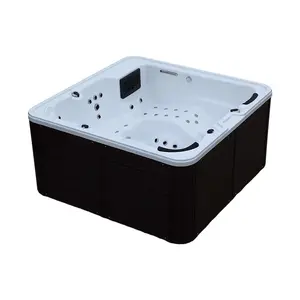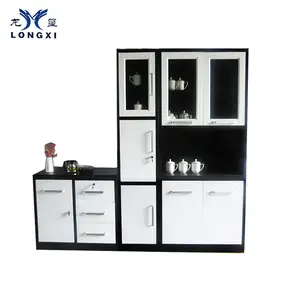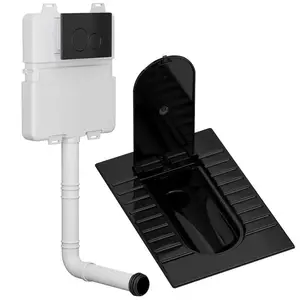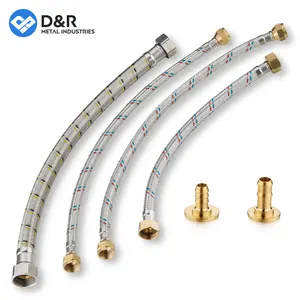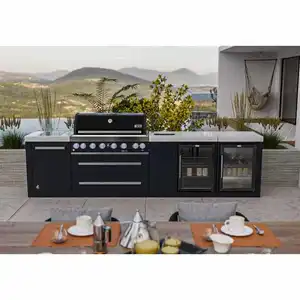Popular in your industry




























































Related Searches:


































































































































Top categories
About cabinet door rubber bumpers
In safeguarding cabinet doors from harm and diminishing noise, cabinet door rubber bumpers play a pivotal role in both utility and durability. These diminutive but crucial fixtures provide a buffer for the contact between the cabinet door and frame, guaranteeing a gentle and noiseless closure with each use.
Types and Characteristics of Cabinet Door Bumpers
An extensive array of cabinet door bumpers is available to suit diverse tastes and needs. Kitchen cupboard door stoppers are engineered for endurance in high-usage areas, often incorporating a robust design for enhanced strength. Conversely, cupboard door bumpers intended for furniture that sees less activity may focus on visual appeal, with a spectrum of hues and forms to match the decor. Clear cabinet bumpers maintain the furniture's aesthetic by being nearly imperceptible, while silicone cabinet bumpers are valued for their transparency and durability, especially in glass-fronted cabinets where aesthetics are crucial.
Structure and Operation of Cabinet Bumpers
The architecture of cabinet bumpers is deceptively straightforward, consisting of a compressible material body and an adhesive layer for attachment. The body's shape can vary—hemispherical for targeted padding or flat for wider coverage. Some models boast a hollow core to improve compression and shock absorption. Upon the closing of a cabinet door, the bumper yields to slow the door's motion, averting both sound and damage.
Materials and Properties
Choosing materials for cabinet door cushion pads involves a careful consideration of efficacy against environmental impact. Rubber is preferred for its capacity to absorb shock and its durability. Silicone is notable for its non-toxic nature and its ability to withstand temperature fluctuations, making it versatile for different environments. PVC and plastics present an economical alternative, with ample customization possibilities in color and shape for both practical and ornamental roles.
Business Usages and Applications
Cabinet door rubber bumpers are employed across various commercial contexts. In the hospitality sector, they contribute to the serene ambiance of guest accommodations, thereby enhancing the patron experience. Offices utilize them to foster a tranquil workspace, devoid of the disturbance from clattering cabinets. Retail furniture outlets apply these bumpers to showroom items, both to showcase their efficacy to prospective customers and to shield the goods from wear and tear.
Functions and Tasks
The fundamental purpose of rubber cabinet bumpers is to soften the collision between a cabinet door and its frame. This role is essential in curbing the noise that can disrupt the tranquility of a domestic or professional setting. Moreover, these bumpers safeguard the cabinet's surface from damage over time, thus preserving the furniture's aesthetic and structural soundness.
Features and Unique Selling Points
Different kitchen cabinet door bumpers boast distinct attributes. Some offer exceptionally strong adhesive backings for enduring attachment, while others are crafted to resist discoloration, ensuring their inconspicuousness over time. Certain door bumper pads are designed to be non-slip, which proves particularly beneficial for drawers and cabinets susceptible to unintended movement.
Benefits and Positive Outcomes
Employing rubber door buffers prolongs the life of cabinet doors by mitigating the effects of constant slamming. This not only preserves the cabinetry's visual appeal but also diminishes the necessity for expensive repairs or replacements. For enterprises, this equates to sustained savings and aids in fostering a more eco-friendly operation by minimizing material waste.
How to Use and Install Cabinet Bumpers
Installing cabinet bumper pads is a straightforward endeavor. The intended area for the bumper must be pristine and devoid of debris to secure a robust adhesive connection. Once positioned, the bumper should be pressed solidly against the cabinet for a few moments to affirm its placement. For bumpers lacking adhesive, a small quantity of potent glue or another fastening method may be required to ensure stability.
How to Choose the Right Cabinet Bumpers
Selecting the appropriate cabinet bumper dots entails evaluating the cabinet's usage frequency, the setting in which it resides, and the visual effect sought. For cabinets subject to regular use, a sturdier material like rubber is advisable. In environments with high temperatures or moisture, silicone may be the optimal choice due to its resilient characteristics.
How to Clean and Maintain Cabinet Bumpers
Maintaining silicone cabinet bumpers is generally uncomplicated, necessitating only a moist cloth to wipe away dust and dirt. For upkeep, it's crucial to periodically inspect the bumpers to confirm their secure attachment and to check for signs of wear. Should a bumper lose its efficacy, it ought to be replaced promptly to continue affording protection.
Target Audience and Needs
The intended market for kitchen cabinet bumpers is wide-ranging, including anyone who cherishes the preservation and aesthetics of their cabinetry. This encompasses homeowners, property administrators, and businesses that value a serene and unblemished environment. These bumpers are tailored to meet the practical necessity of safeguarding furniture while also fulfilling the desire for subtle protection.
How do I choose the right cabinet door bumpers for my needs?
To select the ideal cabinet door rubber bumpers, one must consider the cabinet's material, the bumper's composition, and the preferred visual impression. Heavier doors may require thicker, more resilient rubber or silicone bumpers. For an unnoticeable finish, transparent or color-coordinated bumpers are recommended. Additionally, the bumper's size and shape should be contemplated to ensure sufficient cushioning without excessive prominence.
How do I properly install cabinet bumpers to ensure longevity?
Correct installation is crucial for the longevity of cabinet stopper pads. The surface should be clean and arid prior to affixing the self-adhesive bumper. Apply pressure for several seconds to establish a firm bond. For bumpers without adhesive, adhere to the manufacturer's guidelines, which may involve using a bit of glue or other fasteners.
What are the maintenance and cleaning recommendations for cabinet bumpers?
Cabinet bumper pads require minimal upkeep. A damp cloth is sufficient for cleaning off dust or grime. For stickier residues, a gentle soap solution may be employed. Harsh chemicals should be avoided to prevent material degradation. Regular inspections are advised to ensure the bumpers are still firmly in place, and any showing wear or damage should be replaced to maintain their protective function.
